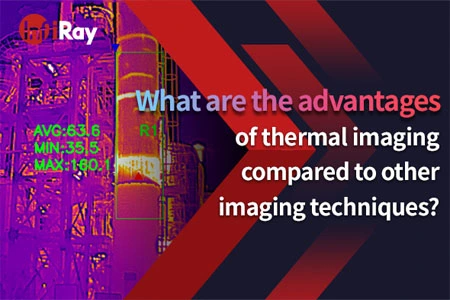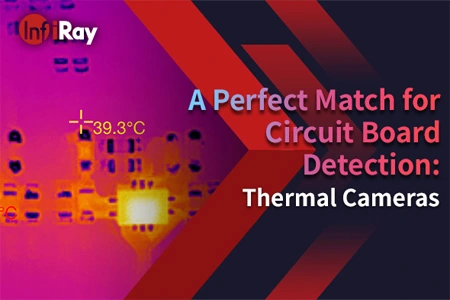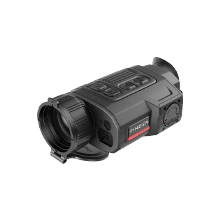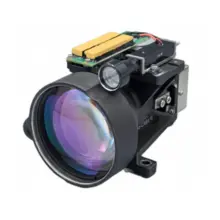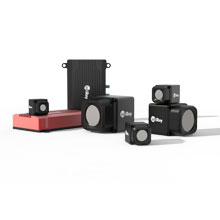Peace of Mind with a Vehicle Infrared Camera
Many people have to drive at night, whether to get to or from get off work, or to shop for a late-night snack. Almost every driver in the world will drive at night at some point in their life. However, driving at night means an increased risk of vehicle accidents due to poor visibility.
1. Use vehicle infrared camera for night driving
According to information on the National Safety Council website, the most dangerous time to drive is at night. When it gets dark outside, "depth perception, colour recognition and peripheral vision may be affected". During this time, your eyes are more sensitive to rapid changes in light levels, so when a bright pair of headlights hit you, it could blind you for a moment.
Regular headlights provide visibility up to 250 feet. While they are helpful, they are not the most effective way to drive safely at night. When an animal or person crosses the road, 250 feet is not enough distance to slow a car traveling at 55 mph on the freeway. Nighttime is a scary time to drive, but modern technology is working hard to change that, with the development of thermal imaging cameras that make it possible to use car infrared camera while driving at night.
2. Vehicle infrared camera gives you peace of mind
With new animal detection systems, such as infrared onboard cameras, you can drive at night with peace of mind. Deer accidents can happen almost anytime, anywhere. Hitting an average-sized deer can damage your car entirely. At best, such an accident could cost the owner hundreds or thousands of damages, and possibly significant injuries. Worst-case scenario, when a driver suddenly hits a deer in the middle of the road and turns to avoid it, instead of hitting a tree or oncoming vehicle, it can lead to death.
Fortunately, infrared thermal sensors can detect deer (or any animal or person) on or near the road before you get close enough to hit the deer (or any animal or person). This is something simple headlights or even high beams can't do properly. Some vehicle infrared cameras have infrared systems that can detect heat signatures well beyond the 3,000-foot range of the headlight beam, giving you plenty of time to perform evasive maneuvers. The same infrared system, combined with advanced artificial intelligence technology, can issue visual and audible warnings of objects up to 400 feet away. With the vehicle infrared camera's video connector able to connect to any car screen, HUD or video input, you'll be able to drive safely in the dark, even in adverse road conditions such as storms or fog.








